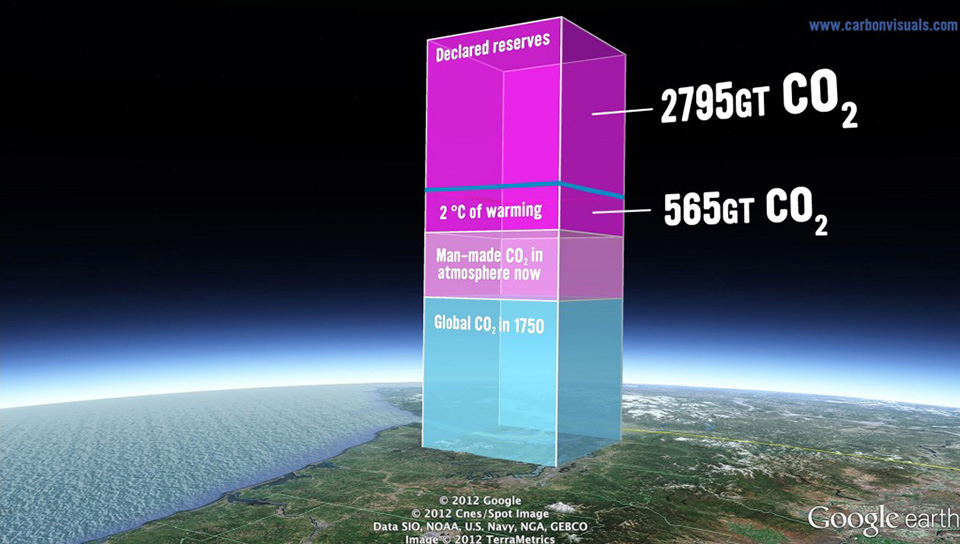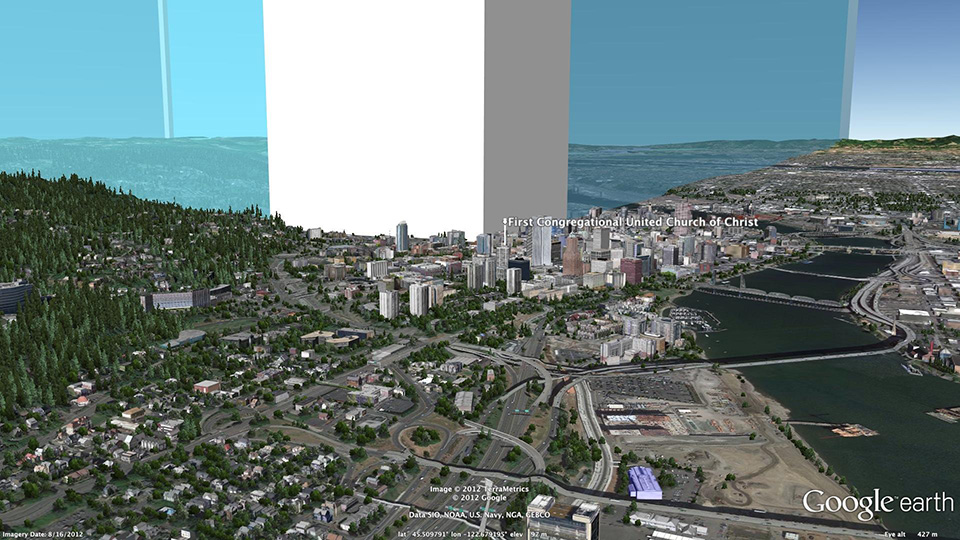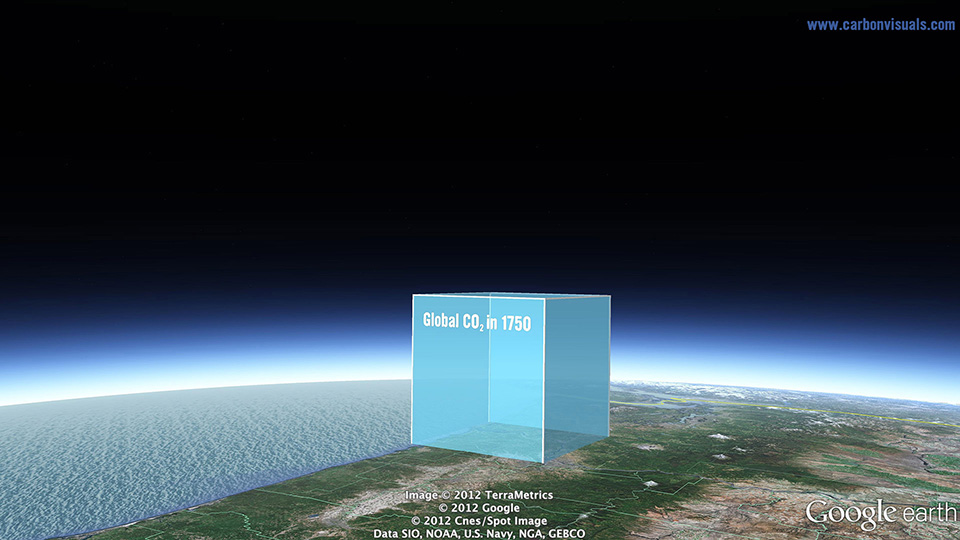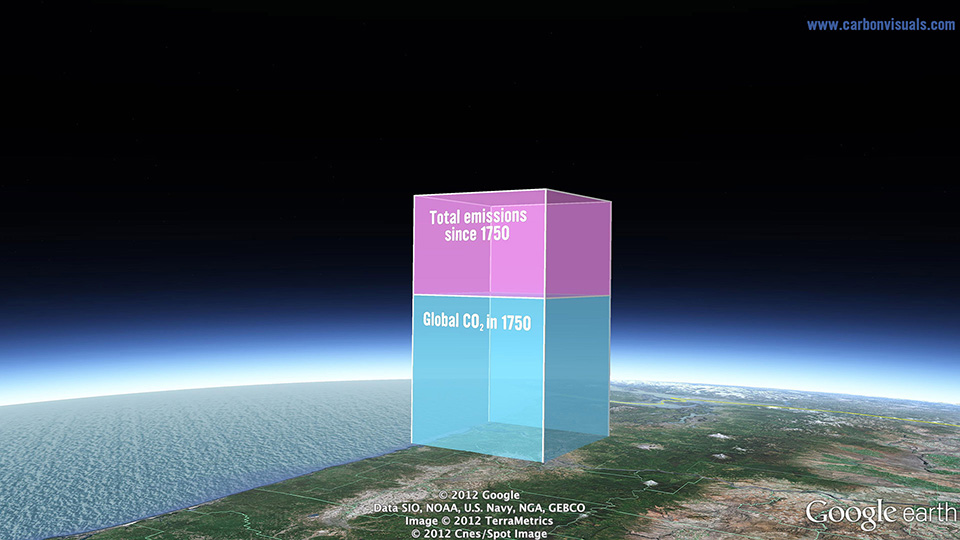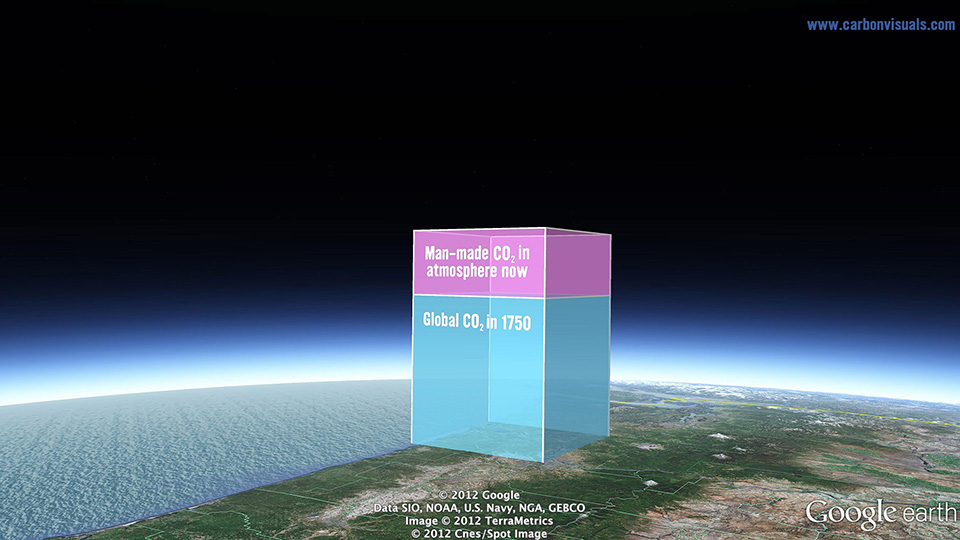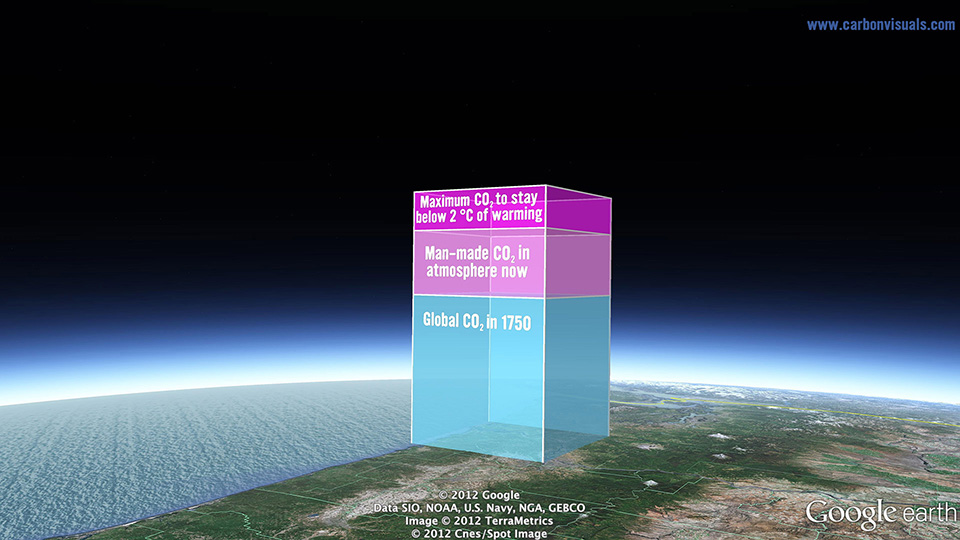CLIENT
350.org
PURPOSE
Visuals for the Do The Math tour
DESCRIPTION
A set of images for each location on the tour to let audiences use their own knowledge of the local geography to develop a sense of scale for emissions and the potential scale of emissions from fossil fuel reserves.
"It’s simple math: we can burn less than 565 more gigatons of carbon dioxide and stay below 2°C of warming — anything more than that risks catastrophe for life on earth. The only problem? Fossil fuel corporations now have 2,795 gigatons in their reserves, five times the safe amount. And they’re planning to burn it all — unless we rise up to stop them." math.350.org
This numerical argument can reach a much wider audience, and have much greater impact when it is expressed visually. Carbon Visuals produced a set of images for each location on the Do The Math tour to let audiences use their own knowledge of the local geography in developing a sense of scale. These are the images produced for Portland, OR.
Carbon dioxide is potent stuff. Without this gas in the air, all plants would die and the Earth would be a frozen wasteland.
Over the past one million years, the carbon dioxide in the atmosphere has exceeded this amount by no more than 5%... until now.
Further details
In 1750 (before the growth of fossil fuels) there was 2 trillion metric tons of carbon dioxide gas in the atmosphere. If we extracted it from the air, this the total volume of that gas. (At standard pressure and 59 °F the cube is over 65 miles across)
One part per million by volume of carbon dioxide gas corresponds to a total mass of carbon in the atmosphere of 2.13 GtC (gigatonnes of carbon) or 7.81 GtCO2(cdiac.ornl.gov/faq.html#Q7)
In 1750 (and for thousands of years before that) the concentration of CO2 was 280 ppmv, which means there was 2,185 GtCO2
At 15 °C (59 °F) and standard pressure the density of carbon dioxide gas is 1.87 kg/m3 so the total volume of 2,185 GtCO2 is 1.169 x 1015 m3, which is the volume of a cube with sides 105,334 metres (65.45 miles).It may seem like a lot, or it may seem like a little, but it’s all the planet needs.
Over the past one million years, the carbon dioxide in the atmosphere has exceeded this amount by no more than 5%... until now.
Direct measurement of the carbon dioxide in air trapped in ice can tell us the concentration at different times. The ice core record confirms that the atmospheric carbon dioxide concentration varied between 180–210 parts per million during ice ages, increasing to 280–300 ppm during warmer interglacials at least back to 650,000 years before the present. (DOI: 10.1126/science.1120130). Less direct methods of measurement suggest this was true as far back as 1 million years.
Carbon dioxide is potent stuff. Without this gas in the air, all plants would die and the Earth would be a frozen wasteland.
During the daylight hours plants use the process of photosynthesis to transform CO2 in the air into sugars.
Carbon dioxide is also an important 'greenhouse gas'. Infra-red light radiating from the surface of the Earth would escape into space (taking heat energy with it) if it did not meet greenhouse gases on the way, which absorb and re-radiate infra-red photons. Without the greenhouse effect, the average temperature on Earth would be about -19 °C (-2.2 °F) rather than 15 °C (59 °F) (Intergovernmental Panel on Climate Change Fourth Assessment Report. Chapter 1: Historical overview of climate change science, page 97)Since 1750 we have added another 1.5 trillion tons
Fossil fuel emissions 1750-2008: 1,447.90 GtCO2 . Source: Boden, T.A., G. Marland, and R.J. Andres. 2011. Global, Regional, and National Fossil-Fuel CO2 Emissions. Carbon Dioxide Information Analysis Center, Oak Ridge National Laboratory, U.S. Department of Energy, Oak Ridge, Tenn., U.S.A. doi 10.3334/CDIAC/00001_V2011
Nearly 1 trillion tons of that is still in the atmosphere.The rest has dissolved in the oceans or been absorbed by plants and microbes.
The current CO2 concentration, 400 ppmv, corresponds to 3,122 GtCO2. The 'natural' level is 280 ppmv, or 2,185 GtCO2 , which means the anthropogenic carbon dioxide in the atmosphere is the difference: 937 GtCO2 .
Warming the planet by more than 2 °C risks run-away climate change, and catastrophe for life on Earth. If we add any more than half a trillion tons we will exceed 2 °C.
Recent climate-simulation models indicate that another 565 GtCO2 will result in a 2 °C rise in temperature.
Here’s the thing: when we add up the declared reserves of fossil fuel companies, it turns out they are equivalent to 2.8 trillion tons of carbon dioxide. This is fuel we cannot afford to use.
According to the Carbon Tracker Initiative, the proven reserves owned by private and public companies and governments are equivalent to 2,795 GtCO2 . Source: Mark Campanale & Jeremy Leggett, 2012, Unburnable Carbon: Are the world’s financial markets carrying a carbon bubble?, Carbon Tracker Initiative

